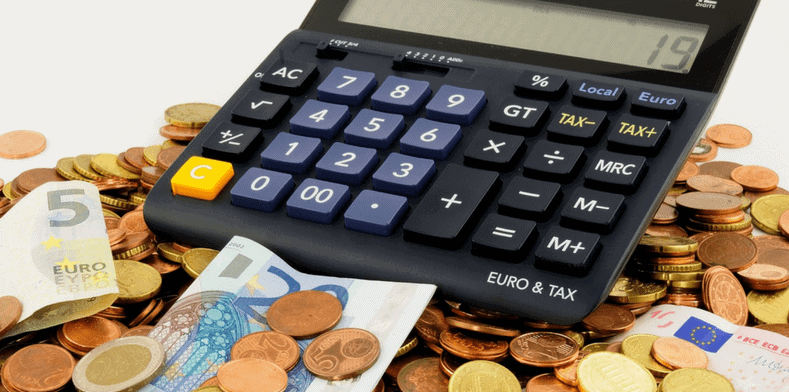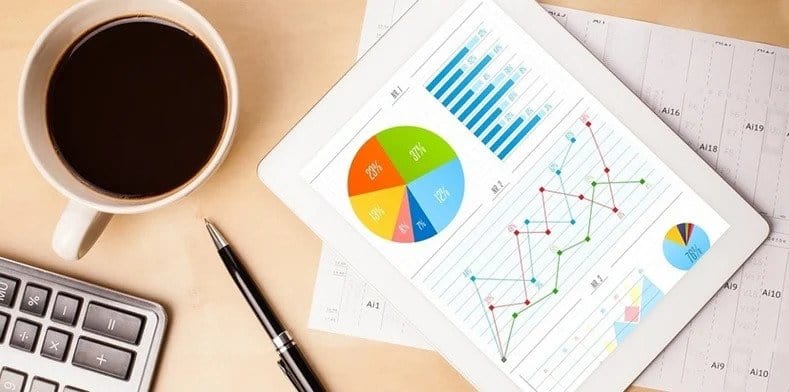In the modern age of ecommerce, the world is your customer. Whether you sell that must have fashion accessory or an exciting niche product, selling online gives you the opportunity to get your goods out to millions of customers and not just on the high street. However, when selling to online shoppers via marketplaces like Amazon, you will face a new level of complexity that you should be aware of.
European VAT
Across the EU, there are 28 sets of Value Added Tax (VAT) interpretations of the same tax system. Each of these have different tax rates, frequencies of filing and reporting, product rates (i.e. what’s taxable in one country may not be in another, or may have a different rate) and they have different methods of collecting VAT. All of these variations can lead to an unexpected headache if you’re aiming to sell across Europe, and especially so if you need to file in multiple countries.
Online sales in Western Europe and Poland grew from £174.76 bn [€201.33 bn] in 2015, to £201.90 bn [€232.60 bn] in 2016 – an increase of 15.6%. And in 2017, it’s expected the total ecommerce online sales will increase to £230.62 bn [€265.68 bn], a rise of 14.2%, covering about two thirds of users shopping online in 2016. While selling across Europe presents a massive opportunity, there are pitfalls.
These pitfalls are particularly around cross border sales, stock holding and VAT thresholds. Unfortunately, ignorance of the law and legislation is not a defence and if you exceed these thresholds and rules, they will find you liable. Thus, the ability to go under the radar is decreasing.
All EU countries are now actively looking at cross country selling and electronic sellers. They are sharing data with each other as well as actively approaching marketplaces, such as eBay for more seller data. In fact, Amazon are handing this data over now as well as eBay and Etsy. And the consequences could be hard on your business’ pocket if you’re not reporting on tax correctly.
As time goes on, marketplaces are getting more accurate and have dedicated teams occupied with making sure they get all the tax they are owed. There was an estimated €160 billion lost in revenue across the EU in 2014, with at least £1.5 billion estimated lost from overseas online sales in 2016 alone from undeclared or evaded VAT in the UK. For governments all over Europe, it is in their interest to make sure they get as much of the tax they are owed as they can. No matter where your business resides.
Amazon are actively looking at expanding across Europe and bringing their customers with them, ensuring what the customer wants is easily and more readily available. As an Amazon seller, this gives you a massive opportunity: a wider audience to make your mark with and help with expanding into a larger overseas market. But it also means you need to be ready and able to report on tax correctly.
Selling on Amazon Europe
Amazon Europe has 5 marketplaces:
- Germany
- UK
- Spain
- Italy
- France
They also have 31 (and growing) distribution centers across 7 countries (UK, France, Germany, Italy, Spain, Czech Republic and Poland), making this a booming market to expand into.
When selling on Amazon, it’s important to note that they have 5 selling structures, as below:
- Merchant Fullfilled Network (MFN): This allows you to advertise with Amazon and use your own warehouse or a 3PL to fulfill and ship goods to customers. If using a 3PL warehouse to ship goods and it is in another EU country (i.e. selling on Amazon UK with a 3PL in France), you must register in that second country as well.
- Europe Fulfilment Network (EFN): This is where you sell to all 5 Amazon marketplaces but you ship from one warehouse, such as from the UK.
- Multi Country Inventory (MCI): This is where you sell on Amazon and you choose to manage which countries you ship and store your stock in. With fulfillment centers in all five Amazon marketplaces across Europe available to choose from, there is the need for multiple VAT registrations.
- Central European FBA: This could involve listing on the German Amazon marketplace, whilst holding stock in Poland and Czech Republic. For this, you will need 3 separate VAT registrations.
- Pan EU FBA: Launched in mid-2016 and the newest way to sell to European customers, you can sell in all 5 marketplaces, whilst goods are stored in any of the 7 countries that Amazon have fulfilment centers in. This requires you to complete VAT registrations for all seven VAT obligations, for all 5 marketplaces you sell on.
What does this mean for you, as an Amazon seller?
Depending on what option you go for, there are up to 7 VAT registrations, with up to 64 VAT returns to complete per year. Some countries, such as the UK want you to submit a return every quarter and every year. Whereas countries like France want a monthly and yearly return submitted. This adds up. Not to mention there is other reporting involved, such as EC sales lists and intrastat declarations.
You need to be aware of what option you choose and how this affects reporting on VAT.
Pan EU, MCI and Central European FBA sales on first glance look like they open a whole new world of selling for you and they do. But in reality, when you take into account all of the extra work involved: are your goods as profitable if the tax is higher?
Do you have to adjust prices to take into account exchange rates or tax in different areas? Do you need to constantly check prices in each area to remain competitive? Do you need to spend more to comply with all of the extra reporting in each country? Is it in reality not the golden opportunity that it first seems? And if you are doing it, are you reporting your sales to the correct authorities and making sure you pay the right people the right tax owed?
The ease at which you can become a Pan EU seller on Amazon is such that there is just one box in Vendor Central that needs to be checked. Without knowing it, you may already be required to fulfill all reporting requirements to EU countries.
Even if you do not subscribe to one of these Amazon structures or don’t have a warehouse in a different country, you are not out of the woods yet. There is still the distance selling rules where VAT is charged locally until thresholds are exceeded. For example, in France and Germany, the threshold is €35,000, but in Luxembourg, the threshold is €100,000.
And this can change in coming years.
As soon as these thresholds are hit, then you are liable for tax in those countries and therefore, need to be VAT registered across all of them that you hit the threshold of.
These thresholds are easy to hit and it is your responsibility to be aware of this and to pay the right tax to the right country following their rules. If using a 3PL for warehouse stock and delivery in a different country (i.e. you’re based in the UK and your 3PL is based in France), then you must register for VAT reporting in that second country as well.
Simply put, anywhere where you ship from needs to have an accompanying VAT registration.
Whether you are selling on Amazon or not, have your stock held within your country of origin or have your stock spread across Europe, you need to make sure that you make the right choice. When thinking of selling to Europe, not only can it affect your bottom line but it can affect what you need to file, when and where. As mentioned, thresholds are easily reached and it is your responsibility to get the tax to the right countries.




